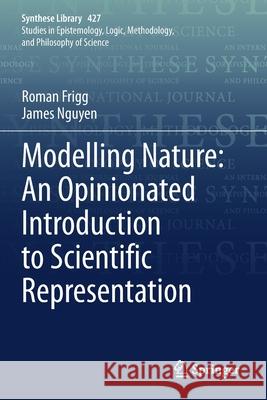Modelling Nature: An Opinionated Introduction to Scientific Representation » książka
topmenu
Modelling Nature: An Opinionated Introduction to Scientific Representation
ISBN-13: 9783030451554 / Angielski / Miękka / 2021 / 260 str.
Modelling Nature: An Opinionated Introduction to Scientific Representation
ISBN-13: 9783030451554 / Angielski / Miękka / 2021 / 260 str.
cena 441,75
(netto: 420,71 VAT: 5%)
Najniższa cena z 30 dni: 424,07
(netto: 420,71 VAT: 5%)
Najniższa cena z 30 dni: 424,07
Termin realizacji zamówienia:
ok. 22 dni roboczych.
ok. 22 dni roboczych.
Darmowa dostawa!
Kategorie BISAC:
Wydawca:
Springer
Język:
Angielski
ISBN-13:
9783030451554
Rok wydania:
2021
Ilość stron:
260
Waga:
0.36 kg
Wymiary:
23.39 x 15.6 x 1.4
Oprawa:
Miękka
Wolumenów:
01
Dodatkowe informacje:
Wydanie ilustrowane











